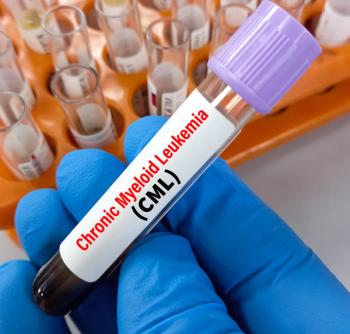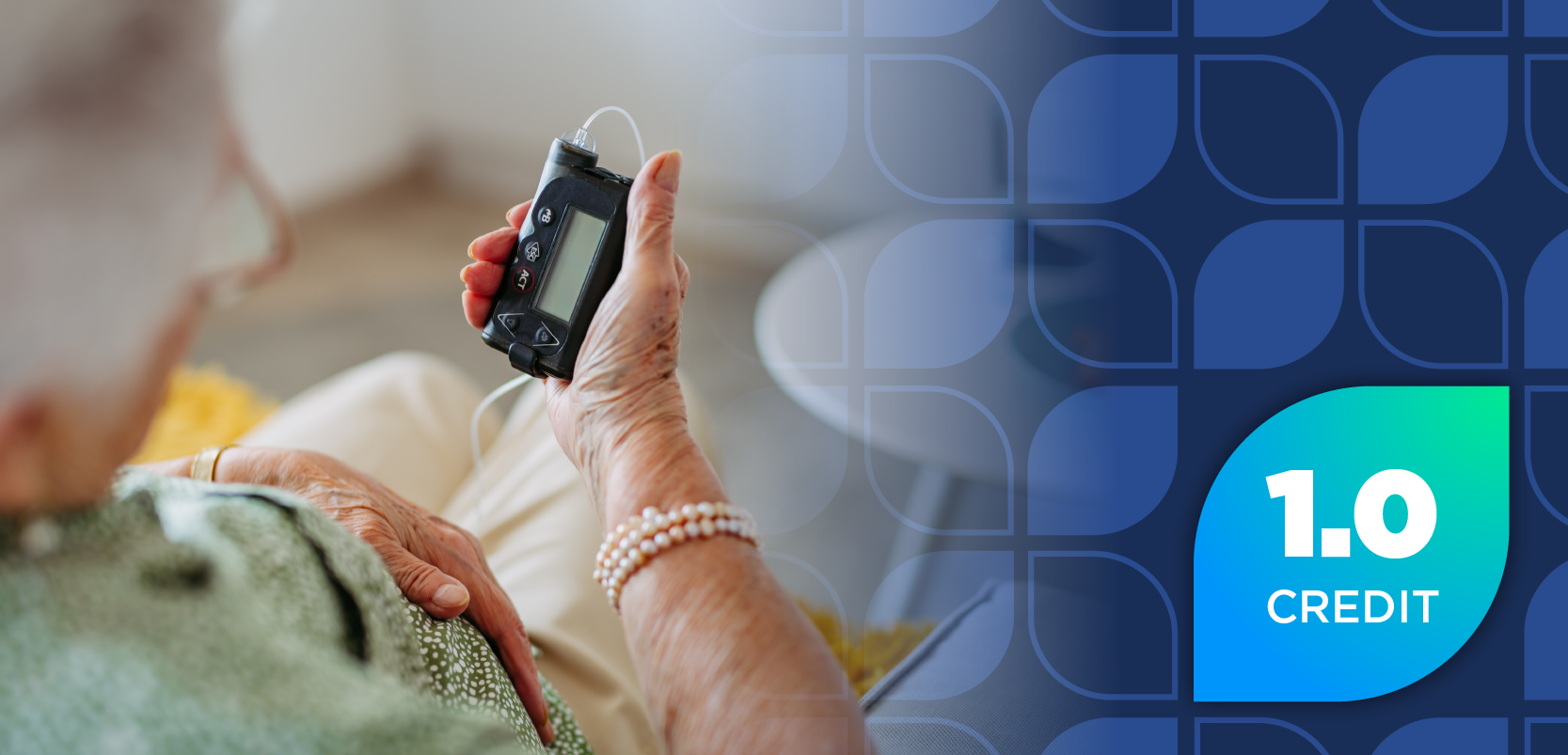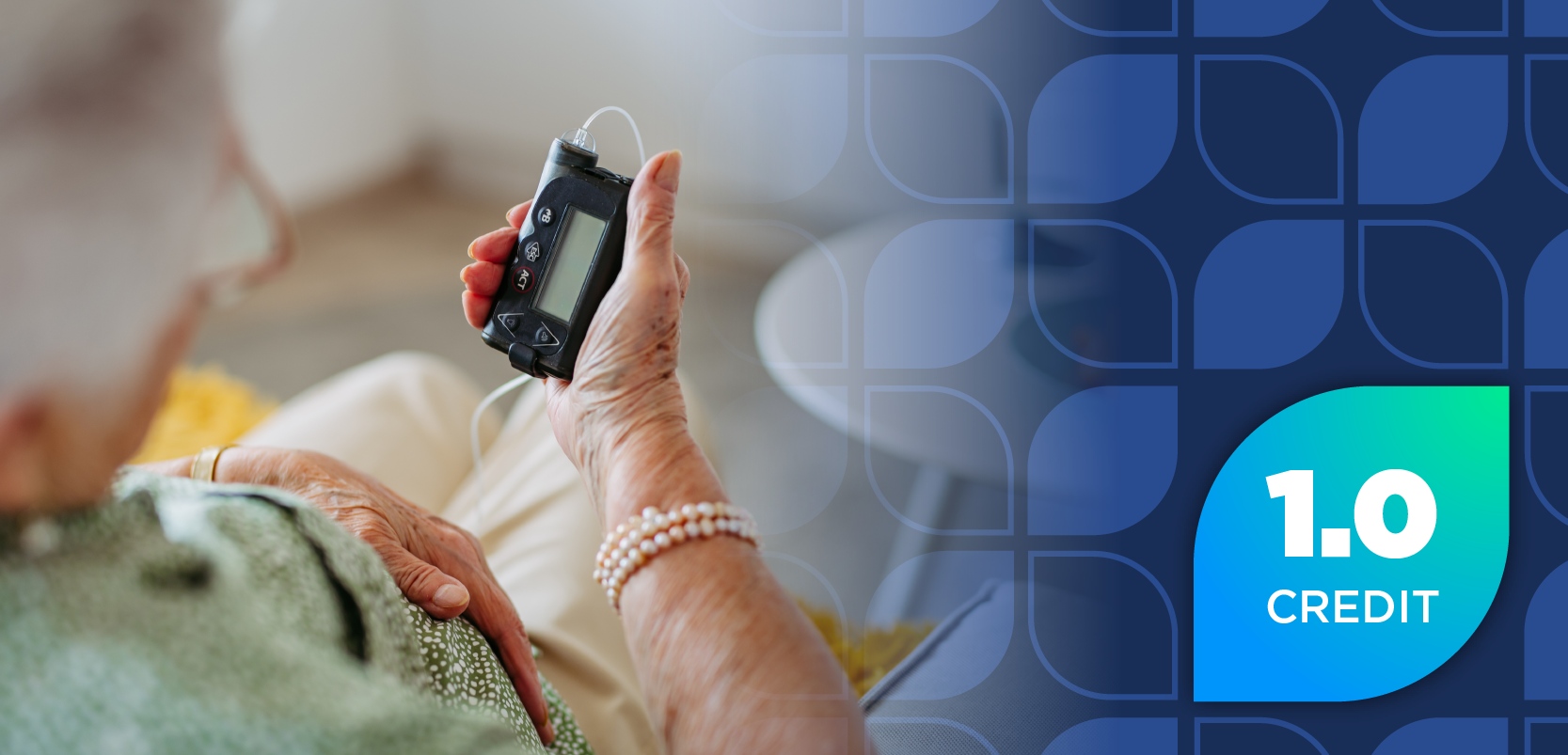
- Volume 0 0
Case Studies
Craig I. Coleman, PharmD
Dr. Coleman is an assistant professor of pharmacy practice and director of the pharmacoeconomics and outcomes studies group at the University of Connecticut School of Pharmacy.
CASE ONE
High Cholesterol
AL is a 65-year-old man with highcholesterol who comes to thepharmacy counter to refill his prescriptionfor rosuvastatin. He mentionshow his physician wanted to start himon this “new medication” called Trilipixbecause his triglyceride levels are stillnot where they should be. He complainsthat he is already taking too many drugsfor his high cholesterol and asks, “Can Ijust take more of the one I’m on?” Thepharmacist reviews AL’s drug profile andsees that he is currently taking rosuvastatin20 mg daily.
What should the pharmacist tell ALabout Trilipix and why his physicianwants to add it?
CASE TWO
Moderate Persistent Asthma
CC is a 17-year-old teenager previously diagnosed with intermittent asthma (infrequent symptoms, usually occurring twice weekly at most) who complains to his family physician of now experiencing daily asthma-like symptoms, almost always requiring the use of his albuterol inhaler. He also tells his physician that over the past 12 months he has gone to the emergency department twice because of shortness of breath, each time resulting in a course of treatment with oral prednisone.
What classification of asthma does CC now present with? How should CC’s pharmacologic asthma treatment be altered based upon this new information?
ANSWERS
CASE ONE:
The pharmacist should tell AL that Trilipix (fenofibric acid) sustained release is the first FDA-approved fibrate for use in combination with a statin for cholesterol management. Because AL is already taking a moderate dose of rosuvastatin, it is unlikely that doubling the dose to 40 mg daily would yield as much triglyceride-lowering efficacy as adding a new drug like Trilipix. Studies of Trilipix in combination with a low-to-moderate dose of a statin have demonstrated significant lowering of triglycerides (18%-27% over a statin alone), another “bad” type of cholesterol that has been associated with heart disease when elevated, and also can increase high-density lipoprotein cholesterol or “good” cholesterol (9%-11% over a statin alone). The pharmacist should reassure AL that Trilipix when added to a statin is safe and effective, but that he should report any unexplained muscle pain, tenderness, or weakness, as they may be signs of a serious side effect (rhabdomyolysis) that requires immediate attention.
CASE TWO:
According to the most recent National Asthma Education and Prevention Program (NAEPP) guidelines released in 2007 (
Read the answers
function showAnswer() {document.getElementById("answer").style.display = 'block';document.getElementById("link").style.display = 'none';}
Articles in this issue
over 16 years ago
Women's Health Watchover 16 years ago
Can You Read These Rxs?over 16 years ago
Product Hotlineover 16 years ago
Arthritis Watchover 16 years ago
Diabetes Watchover 16 years ago
Asthma Watchover 16 years ago
Pharmacy Technology Productsover 16 years ago
Pharmacy Technology Newsover 16 years ago
E-Pedigree: An Inevitability for the Industryover 16 years ago
Outlook: Obesity EpidemicNewsletter
Stay informed on drug updates, treatment guidelines, and pharmacy practice trends—subscribe to Pharmacy Times for weekly clinical insights.























































































































































































































